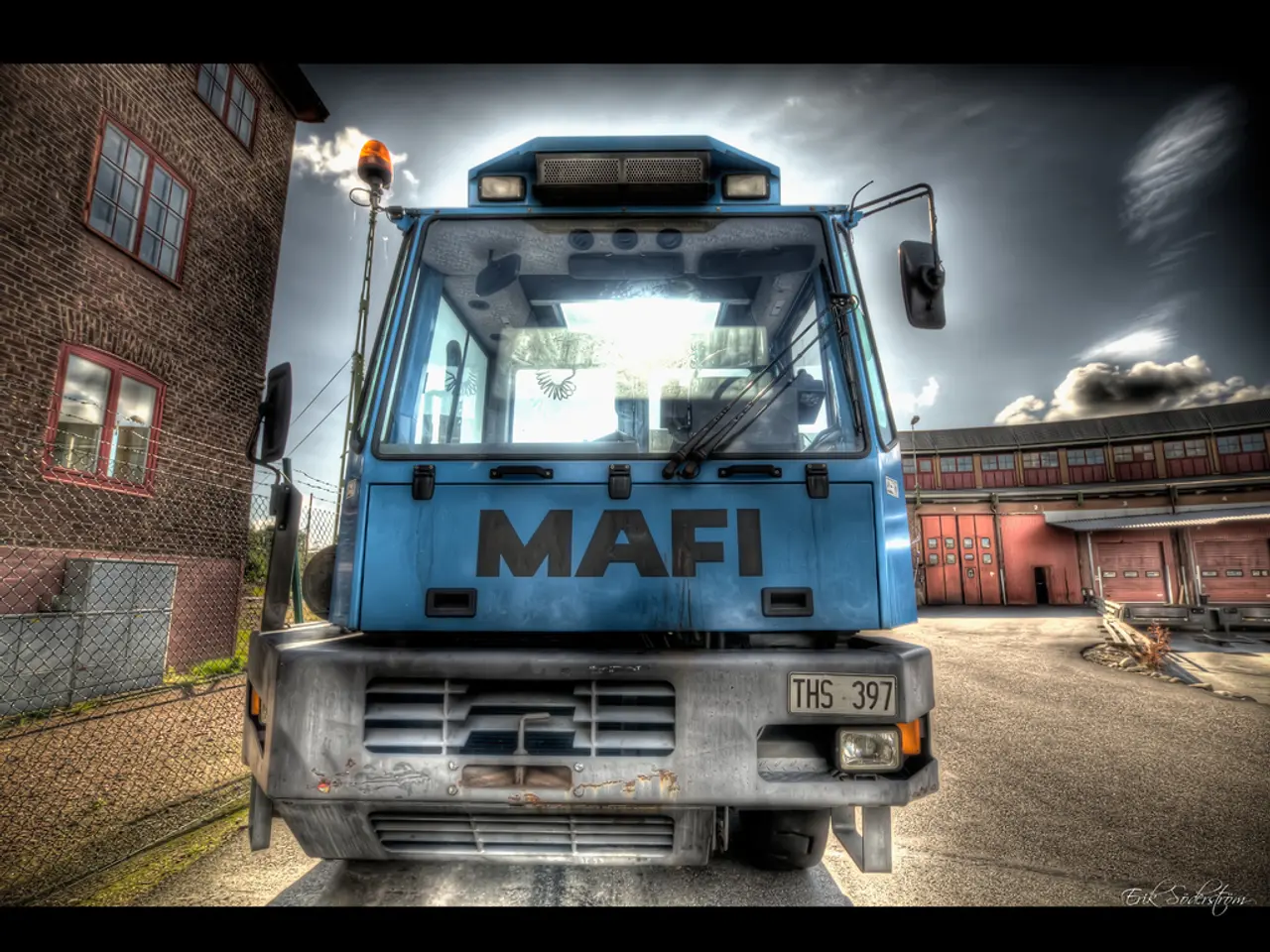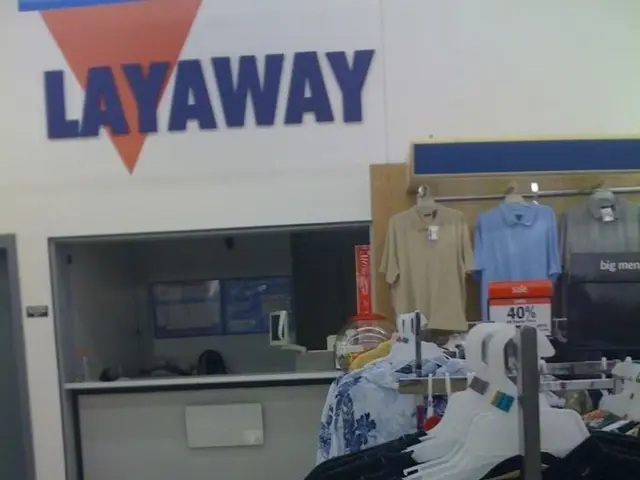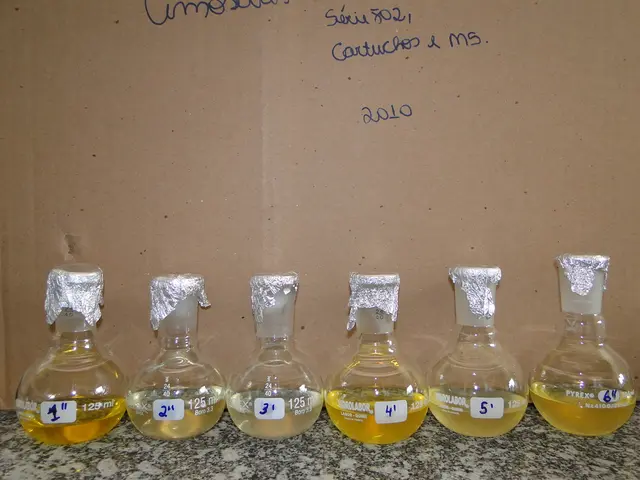Focus on Implementing Technology Upgrades
Modernizing legacy trading infrastructure in capital markets firms is a critical task, facing several key challenges. These challenges include outdated and siloed systems, rising compliance costs, fragmented data pipelines, security vulnerabilities, manual processes, cost inefficiencies, and shrinking talent pools for legacy programming languages.
Outdated and siloed systems slow innovation, limit scalability, and reduce responsiveness to market changes and volatility. Rising compliance costs and complex regulatory pressures strain resources and increase operational risks. Fragmented data pipelines and latency in trade signal processing impede real-time decision-making, impacting market performance. Security vulnerabilities due to aging technology create risks around data breaches and ransomware attacks. Manual processes and lack of transparency in trade reconciliation and settlement delay operations and reduce client trust. Cost inefficiencies with legacy systems consume large portions of IT budgets, sometimes up to 80%, stifling innovation and creating operational drag. Shrinking talent pools for legacy programming languages threaten long-term system sustainability.
To address these challenges, modernizing capital markets trading infrastructure involves several solutions. Adopting cloud infrastructure enhances scalability, reduces latency, and supports seamless integration with legacy and third-party systems, enabling faster innovation. Implementing modular, API-driven architectures and microservices enable agile, scalable platforms that improve system flexibility and maintenance agility. Leveraging AI and automation can be used for real-time risk analytics, market insights, trade processing automation, and compliance monitoring, accelerating digital transformation. Prioritizing security and risk-first modernization focuses on security upgrades and performance enhancements early in the modernization roadmap to prevent costly breaches and system failures. Streamlining post-trade processes improves transparency and reduces operational delays. A clear, incremental modernization roadmap ensures a stable transition without disrupting mission-critical trading activity. Addressing talent gaps involves upskilling existing staff and adopting modern languages and tools to reduce dependency on scarce legacy programmers.
Firms that adopt these modernization approaches see benefits such as 20%+ operational efficiency gains, improved compliance alignment, enhanced real-time trading insights, and greater resilience against cyber threats. In summary, modernizing legacy trading systems in capital markets requires an integrated strategy combining cloud adoption, modular architecture, AI-driven insights, security-first upgrades, and process automation to overcome outdated technology constraints, regulatory complexity, and operational inefficiencies. This approach future-proofs trading infrastructure and drives measurable business improvements.
Deepak Dhayatker, CTO at Rapid Addition, emphasized that modernization involves understanding business needs and looking at the whole application to find value. He noted that maintenance and support costs for legacy systems are high. The Financial Conduct Authority's report stated that having a significant proportion of legacy infrastructure within an IT estate limits the flexibility of processes and prevents firms from taking advantage of new developments. The whitepaper suggests that success requires clarity of vision, alignment across business and technology, and a relentless focus on execution.
Risks associated with technology modernization include project risk, technology risk, rollout risk, and production risk. Deepak Dhayatker also stated that companies that don't invest in modernization are slow to respond to business opportunities and to disruptors in their industry. Rodrigo Parrode, EVP and Chief Operating Officer at Wedbush Securities, stated that modernizing legacy platforms isn't just about upgrading technology, but reshaping how value is delivered to clients.
A 2021 report by the Financial Conduct Authority showed that 33% of firms said most of their production infrastructure and applications were legacy, 58% said some, and just 8% said none. Deepak Dhayatker mentioned that these legacy systems do not perform well for today's client base and regulatory environment. Wedbush Securities recently advanced its trading infrastructure, enabling a streamlining of multi-asset class trading, risk management, and post-trade processes.
Deepak Dhayatker stated that observability and monitoring are first-class citizens in today's architecture. He mentioned that the 'big bang' release method for modernization is too risky and a 'straggler' pattern of decommissioning small parts of the tech system is preferred. Rapid Addition published a whitepaper titled Modernising at Scale: Re-Platforming Legacy Trading Infrastructure. The whitepaper states that even the most entrenched legacy platforms can be transformed to power the next generation of capital markets innovation.
High-performing trading systems should be available all the time, fast, and capable of handling large volumes of data. Dhayatker suggested that a technology can be used for about a decade before it is past its prime. He stated that IT systems, platforms, and databases built around the year 2000 are inflexible in 2025. The whitepaper states that modernizing legacy trading infrastructure is complex, costly, and risky, but the cost of inaction is greater.
Technology modernization is not just about upgrading existing systems but reshaping them to deliver value more effectively. Firms that fail to invest in modernization may struggle to respond to business opportunities and industry disruptors.
Modernizing technology allows firms to address challenges such as outdated and siloed systems, rising compliance costs, fragmented data pipelines, security vulnerabilities, manual processes, cost inefficiencies, and shrinking talent pools for legacy programming languages. This transformation enables firms to achieve operational efficiency gains, improved compliance alignment, enhanced real-time trading insights, and greater resilience against cyber threats.




